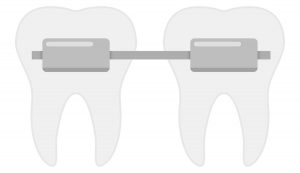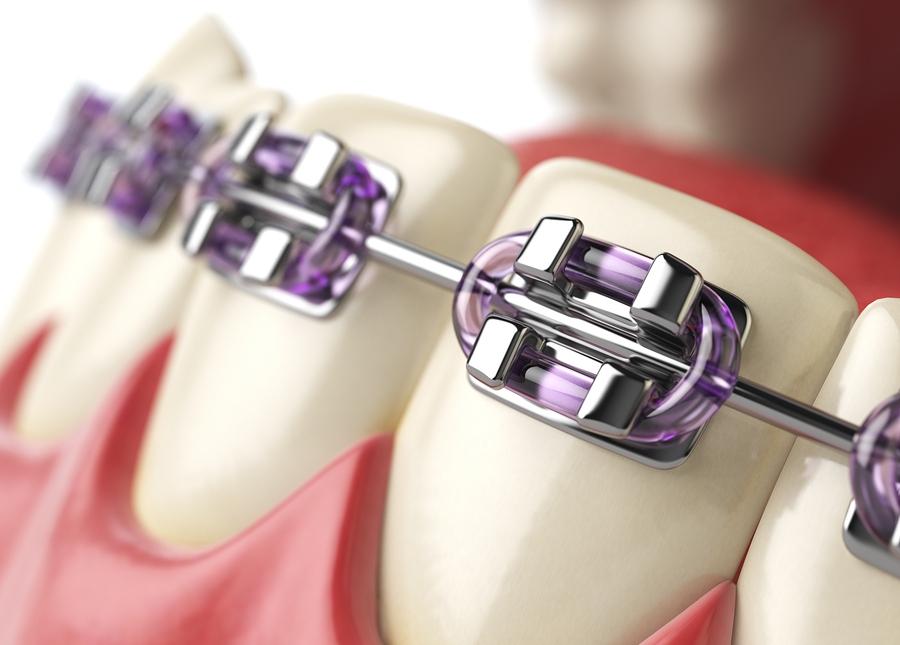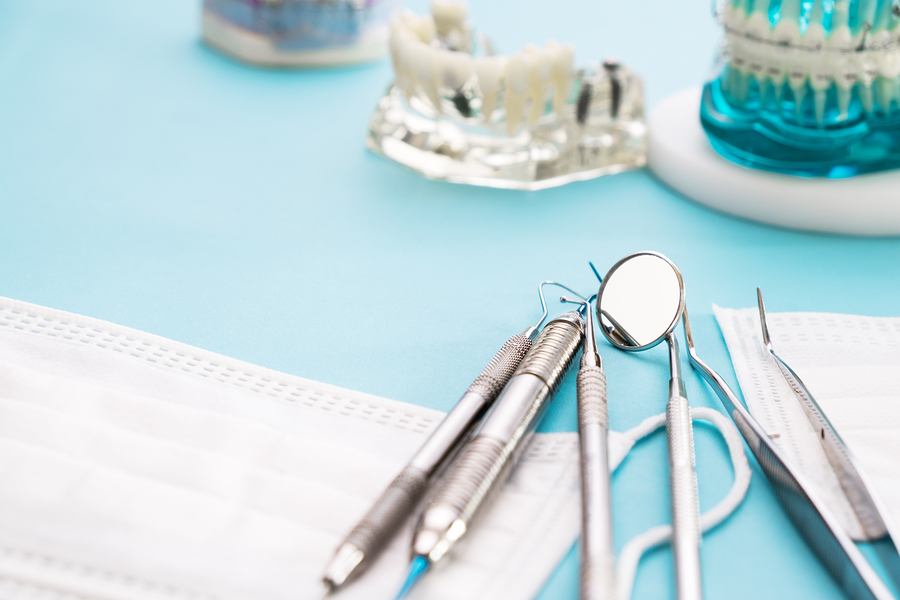What Do Spacers for Teeth Do?
Orthodontic spacers, also known as separators, tooth spacers, and space maintainers, are basically small circular rubber bands that help create small spaces in your teeth when your teeth are overcrowded or too close together. They are typically installed in your wisdom teeth (molars). Spacers are installed in your back teeth to ensure enough space between your teeth before your braces are installed. This will prevent any future or possible pain when your braces are installed in the event that there is not sufficient space in between your back teeth.

Your spacers will separate any back teeth that are too close together so that braces can be easily installed when the time comes. Spacers are rubbers bands that are placed in between teeth, and remain in your mouth for seven to 10 days or until enough space has been made for your dentist or orthodontist to install your braces. Once a dentist determines that enough space has been made between your back teeth, he or she will remove them and install your metal braces.
How do Spacers Feel?
Before you have your braces installed, you may require spacers to create space between molars in the back of your mouth. This is what spacers are primarily used for. When spacers are first inserted in your teeth, they feel slightly uncomfortable and strange. It may even feel like there is a piece of food constantly wedged in between your back teeth. Some people can experience sensitivity in the area but the discomfort usually wears away within a few days. Spacers work within a few days, after which point they are removed by your dentist or orthodontist, who then installs braces.
You likely will experience some discomfort when your spacers are put in. As your teeth begin to separate, you may feel irritation in the nerves below your gums. In some cases, bleeding may occur.
While spacers are in your mouth, it is extremely important to maintain your regular oral hygiene routine. Your dentist or orthodontist is likely to recommend that you avoid eating sticky foods like candy, chocolate, and gum as this can make spacers fall out early. Your dentist will also tell you not to floss where the separators are put in place and to avoid picking on them as this will make them fall out. Once enough space has been made to fit in your braces, they will be removed at your next appointment.
Why do I Need Spacers?
If your dentist has determined that you need braces to fix your teeth, they are likely to place separators in your teeth. They will do this to create space between your teeth before putting in your braces. This is because if there is not enough space in between your back teeth before braces are put in, you will experience extreme pain once the braces are installed and begin pushing your teeth together. Spacers are put in between your teeth to create enough room for your braces to push your teeth together. Most spacers are made of plastic, although some are made of metal.
Braces cannot be installed when there is not enough space between your teeth. Your dentist will determine whether or not you need spacers during your first visit. If your dentist determines that you do not have enough space in between your back molars for braces, they will need to insert spacers so that your braces can be attached when the time comes. You will typically only need to wear spacers for seven to 10 days, while some patients only require them for as little as three days.
The Procedure
Your spacers are likely to be put in after your first visit. When you have your spacers inserted, your dentist will likely install between one and 12 spacers. They will determine how many you need during your first visit. In some cases, dentists will require that people leave spacers in their teeth while they are wearing braces, but this is only in rare occurrences.
During the procedure, your orthodontist will stretch the spacer to make it thin enough to put in between your molars. Once this is done, they will squeeze the spacers into place. You may feel slight discomfort when the spacers are put in which will turn into a dull ache when the spacers start to move your teeth.
At the end of the day, the amount of discomfort or pain you feel will be determined by how much spacing your teeth require. If you have smaller spaces in between your teeth, you will feel more discomfort as your teeth begin to shift. You may also experience pain while you are eating. Orthodontists recommend over-the-counter pain medication for any pain associated with spacers. They also recommend cold foods such as ice cream which can help relieve some of the pain.
Your orthodontist will also advise you to avoid chewing gum or hard foods. They will also advise you not to pick at your spacers or pull at them, as this can cause more irritation and discomfort and can make them come out before enough space has been made between your teeth, which means that your teeth will not be ready for braces on the day they need to be put in.
“Over time, as the spacers move your teeth into their new desired position, the discomfort will subside. In the meantime, medications such as ibuprofen can help with any associated pain.”
Why do I Need Spacers?
When braces are installed in a person’s mouth, they move your teeth closer to one another. If there is not enough space between your teeth before this process, this can cause pain and issues with your bite. This is why spacers have to sometimes be used to create small spaces in between your teeth to prepare them for braces.
Spacers will create space between your back teeth so that the braces can work properly without causing any pain or discomfort.
If you are worried about the pain spacers might cause or have any questions about their purpose and the process involved with putting them in, speak to your dentist or orthodontist, who will determine whether or not you need spacers at your first appointment.
Medically Fact-Checked & Written by Our Dental Editorial Team
You can read more about our editorial guidelines by clicking this link and learn more about the Emergency Dentists USA editorial team here.




